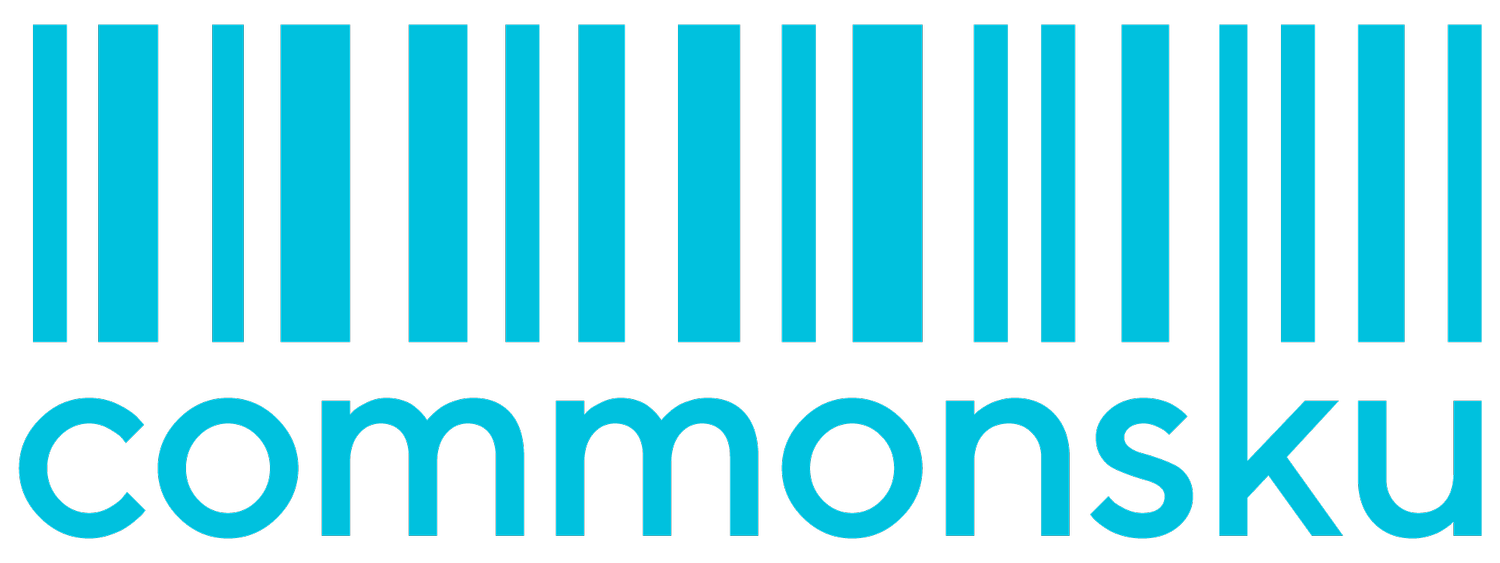7 Steps to Helping Your Team Hit Their 2018 Sales Goals
Reading time: 3:31
We’re continuing a series of articles and podcast episodes that will help you and your team as you plan for 2018.
This week, we published an episode featuring Jamie Watson discussing how to Create Maximum Financial Value in Your Business, where Jamie unpacks critical metrics to build long-term sustainable sales growth.
Last week, we published Strategies for Scaling with Catherine Graham and also, for your sales reps, Dreaming the Possible: How to Set and Attain Your Personal Sales Goals for 2018
But this post is for you, the sales leader and business owner, seven things you can do to ensure that you have created favorable conditions in your promotional products business for maximum sales growth:
Step 1: Set Your Company Goals
From net profit goals to average margin increases, and overall sales growth goals, each metric deserves time and attention as you set company-wide goals in tandem with individual sales goals. Take the time to listen to Jamie Watson’s episode on optimum gross margins and optimum net profit and develop a plan (see step #7) to track your progress against these goals.
Step 2: Bandwidth Check
Analyze your infrastructure within your distributorship to make sure that you and your team have the capacity for growth. What’s the ratio of production personnel to sales? Are there team members whose personal sales growth goals might require the need for additional support to help meet their goals? Are there areas of your business where sales have declined, and personnel might need to shift to more productive areas? Are there clients that you anticipate growing significantly? Ensuring your team has room for growth is a critical part of sales planning.
Step 3: Training
Are there team members who could use additional training and support? This is a great conversation to have with your employees. Discover where they feel they lack: Is it product knowledge? Sales knowledge? Marketing? Technology? Visit with your team members before year-end to determine and establish educational goals for 2018.
Step 4: Systems Check
Analyze your current systems to ensure that you are prepared to handle the growth. Review our post, How a Systems Change Can Ignite Sales Growth and determine if there are bottlenecks in your business that will prevent you from growing.
Step 5: Evaluate Compensation Plans
Setting sales goals without considering the monetary reward is to turn goals into wishes. The more concrete you can be about the financial gain, and the more you communicate this reward, the clearer your focus will be, and the more inspired your team will remain. Are there additional incentives you can create that will help reward sales goals that exceed their target? Are there contests you can create within your organization that will help inspire positive peer pressure? “Winning isn’t everything,” wrote Vince Lombardi, “but wanting to win is.” Now’s the time to dream with your team and entice them to reach their goals. Reevaluate your compensation structures and create bonuses that will align with sales targets.
In our conversation with Chicago distributor Mitch Silver, Mitch talked about (27:54) his quarterly bonus program where his team can make up to 50% of their salary in bonuses and incentives which becomes a powerful driver for sales growth. And don’t forget your production personnel and support teams in your bonus structure, too! For more ideas on incentivizing sales, check out: Designing a Sales Compensation Plan That Works.
Step 6: Marketing Support
Review your marketing budget. If you have projected a 20% increase in sales growth for 2018, your marketing budget will likely grow as well, or at least it should. Not only should you prepare your budget for expected growth, but now is the time to start building 1st QTR campaigns that will kick-start your season and give your sales team the tools to win. From self-promotion campaigns to gifts for clients to determining your tradeshow and events calendar, calculating your marketing budget increase and planning to kick off your year in a strong way will help jumpstart sales.
Step 7: Create a Review Plan and Build Accountability
According to Jamie Watson, you should track at least your total orders, total billings, and total unbilled (open orders) each month and also year-to-date. Catherine Graham and the team at RIGHTSLEEVE track their progress weekly against their YTD sales goals. However frequently you track, build a plan to review your KPI’s with your team publicly, either weekly or monthly. Establish a regular habit of reviewing progress against goals and plan now to celebrate big increases.
In addition to sales growth goals, develop this same habit for your marketing budget as well. Tracking your marketing budget, and reviewing your sales growth progress, builds accountability for you and your team. The public nature of shared goals also lends itself to mutual encouragement, you’ll be surprised at the energy created by your team when your progress toward your goals is publicly shared and celebrated.
The entrepreneur is essentially a visualizer and actualizer, wrote Robert Schwartz, someone who can visualize something and see exactly how to make it happen.
Reviewing these seven steps will help you both visualize and actualize, by bringing into sharp focus the changes you need to make to help your team hit their 2018 sales goals.

